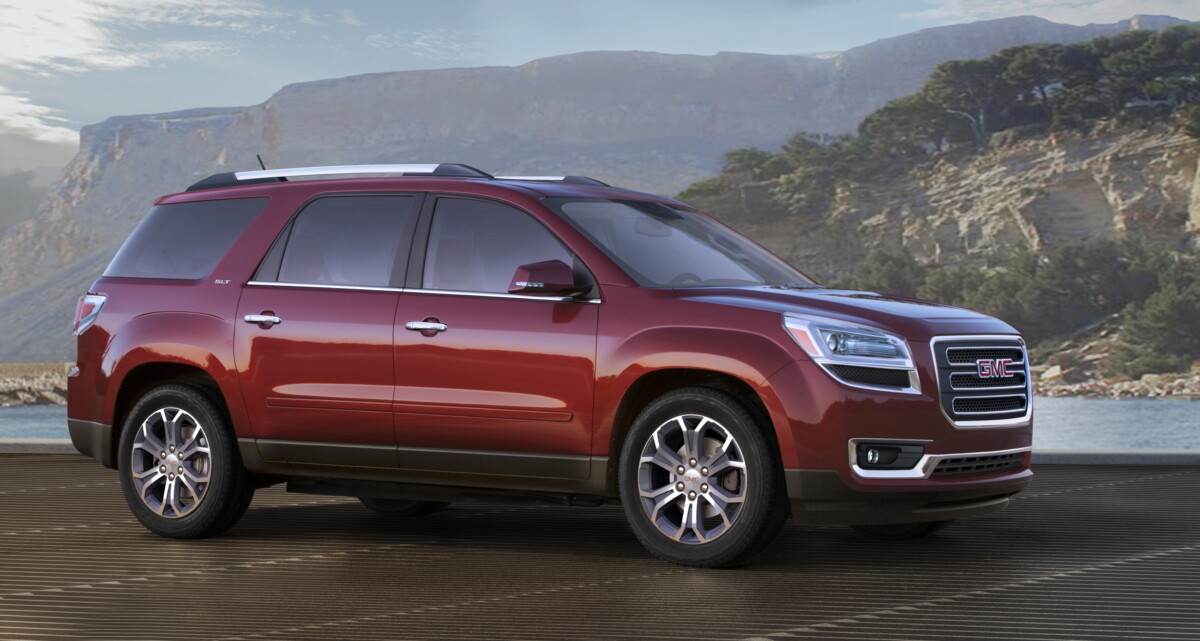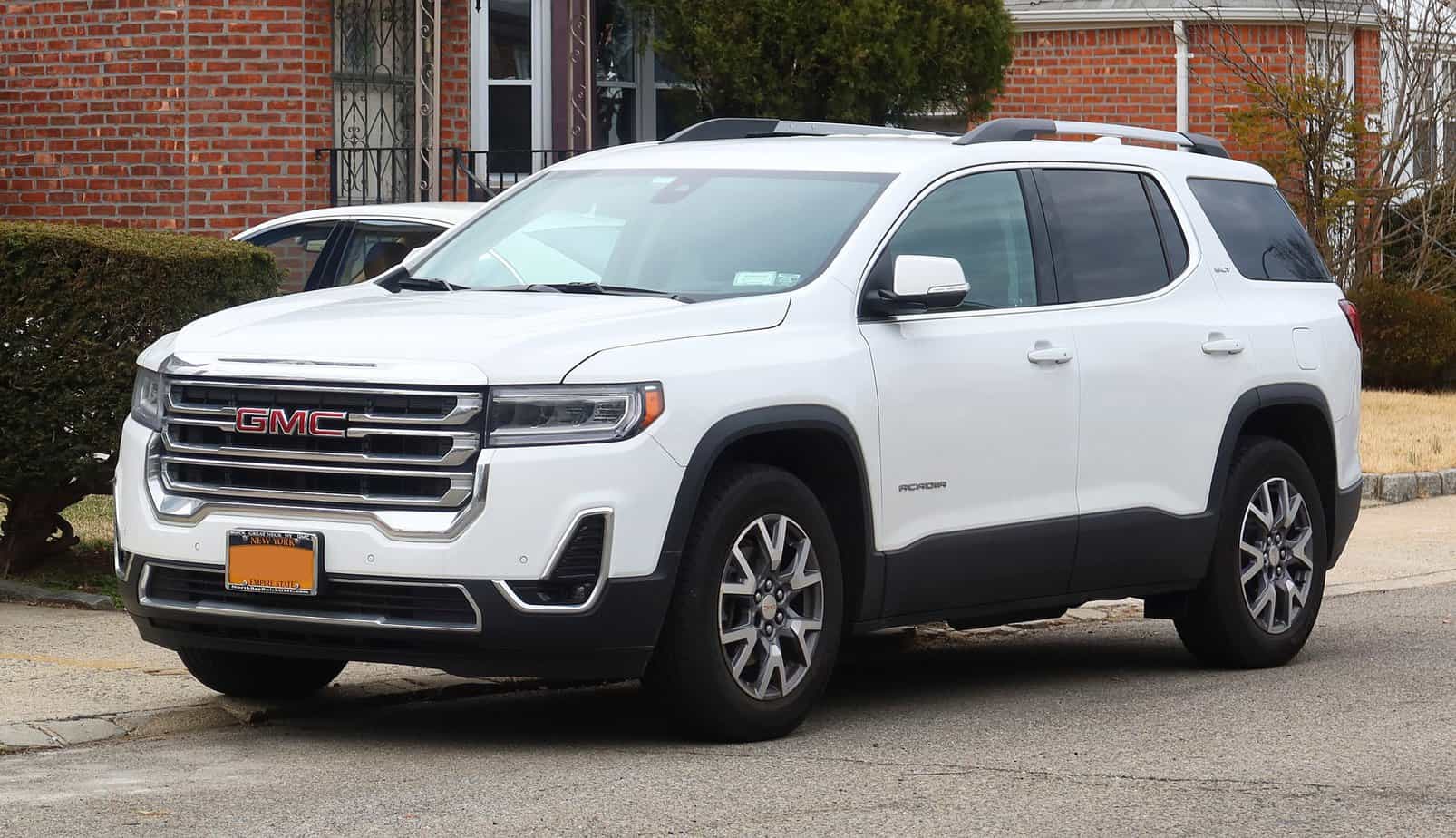Navigating the GMC Acadia: Understanding the Years to Avoid
Navigating the GMC Acadia: Understanding the Years to Avoid
Introduction
With great pleasure, we will explore the intriguing topic related to Navigating the GMC Acadia: Understanding the Years to Avoid. Let’s weave interesting information and offer fresh perspectives to the readers.
Table of Content

Navigating the GMC Acadia: Understanding the Years to Avoid
The GMC Acadia, a mid-size SUV known for its spacious interior and comfortable ride, has been a popular choice for families and individuals alike since its debut in 2007. However, like any vehicle, certain model years of the Acadia have been plagued by more issues than others, making it crucial for potential buyers to be aware of these potential pitfalls.
The Early Years (2007-2009): A Time of Growing Pains
The first generation of the Acadia, spanning from 2007 to 2009, is generally considered to be the least reliable. These early models often faced problems with their transmissions, specifically the 6-speed automatic. Common issues included rough shifting, slipping, and premature failure, leading to costly repairs.
Additionally, the early Acadias were known for their susceptibility to electrical problems, including faulty sensors and wiring issues. These problems could manifest as a range of malfunctions, from engine misfires to malfunctioning lights and even a complete loss of power.
The Second Generation (2010-2016): Refining the Formula
The second generation Acadia, introduced in 2010, saw significant improvements in reliability and performance. However, there were still some common issues to be aware of.
One of the most prevalent problems was the transmission, which continued to be a point of concern, particularly in the early years of the second generation. While the 6-speed automatic was replaced with a more robust 6-speed automatic in 2013, some owners still reported transmission problems, including rough shifting and premature wear.
Another issue that plagued some second-generation Acadias was the engine. Specifically, the 3.6L V6 engine was known for developing oil leaks and premature wear. This issue could lead to decreased engine performance and potentially even engine failure.
The Third Generation (2017-Present): A New Era of Reliability
The current generation of the Acadia, launched in 2017, has seen a significant improvement in reliability, with fewer reported issues compared to its predecessors. However, it’s important to note that even the latest models are not immune to problems.
One common complaint with the third generation Acadia is the infotainment system. Some owners have reported glitches and software bugs, making it difficult to use features like navigation and Bluetooth connectivity.
Another potential issue to consider is the fuel economy. While the Acadia offers decent fuel efficiency for its size, some owners have reported that it falls short of the manufacturer’s estimated MPG figures.
Understanding the Importance of Research
While specific model years of the Acadia may be prone to certain problems, it’s important to remember that not every vehicle will experience these issues. The condition of the vehicle, maintenance history, and driving habits all play a significant role in its overall reliability.
Therefore, thorough research is crucial before purchasing a used Acadia.
Here are some key steps to take:
- Consult online resources: Websites like CarComplaints.com and Edmunds.com provide valuable information about common problems reported for specific model years.
- Check the vehicle history report: A vehicle history report, such as a Carfax or AutoCheck report, can reveal any accidents, major repairs, or other issues that may have affected the vehicle’s condition.
- Have a mechanic inspect the vehicle: Before making a purchase, it’s always advisable to have a qualified mechanic inspect the vehicle to identify any potential problems.
Frequently Asked Questions
Q: Which model years of the Acadia should I avoid?
A: While there are no universally "bad" model years, the first generation (2007-2009) and early models of the second generation (2010-2012) have been known to have more reliability issues than later models.
Q: What are the most common problems with the Acadia?
A: Common issues include transmission problems, engine issues, electrical problems, and infotainment system glitches.
Q: How can I avoid buying a problem Acadia?
A: Conduct thorough research, check the vehicle history report, and have a mechanic inspect the vehicle before purchasing.
Tips for Avoiding Problems
- Choose a later model year: Generally, newer models tend to have fewer issues than older models.
- Consider a certified pre-owned (CPO) vehicle: CPO vehicles come with a warranty and have undergone a rigorous inspection process.
- Prioritize maintenance: Regular maintenance is essential for keeping any vehicle running smoothly and preventing potential problems.
Conclusion
The GMC Acadia offers a compelling combination of space, comfort, and versatility. However, understanding the potential pitfalls of certain model years is crucial to making an informed purchase decision. By conducting thorough research and taking the necessary precautions, you can increase your chances of finding a reliable Acadia that will meet your needs for years to come.








Closure
Thus, we hope this article has provided valuable insights into Navigating the GMC Acadia: Understanding the Years to Avoid. We thank you for taking the time to read this article. See you in our next article!